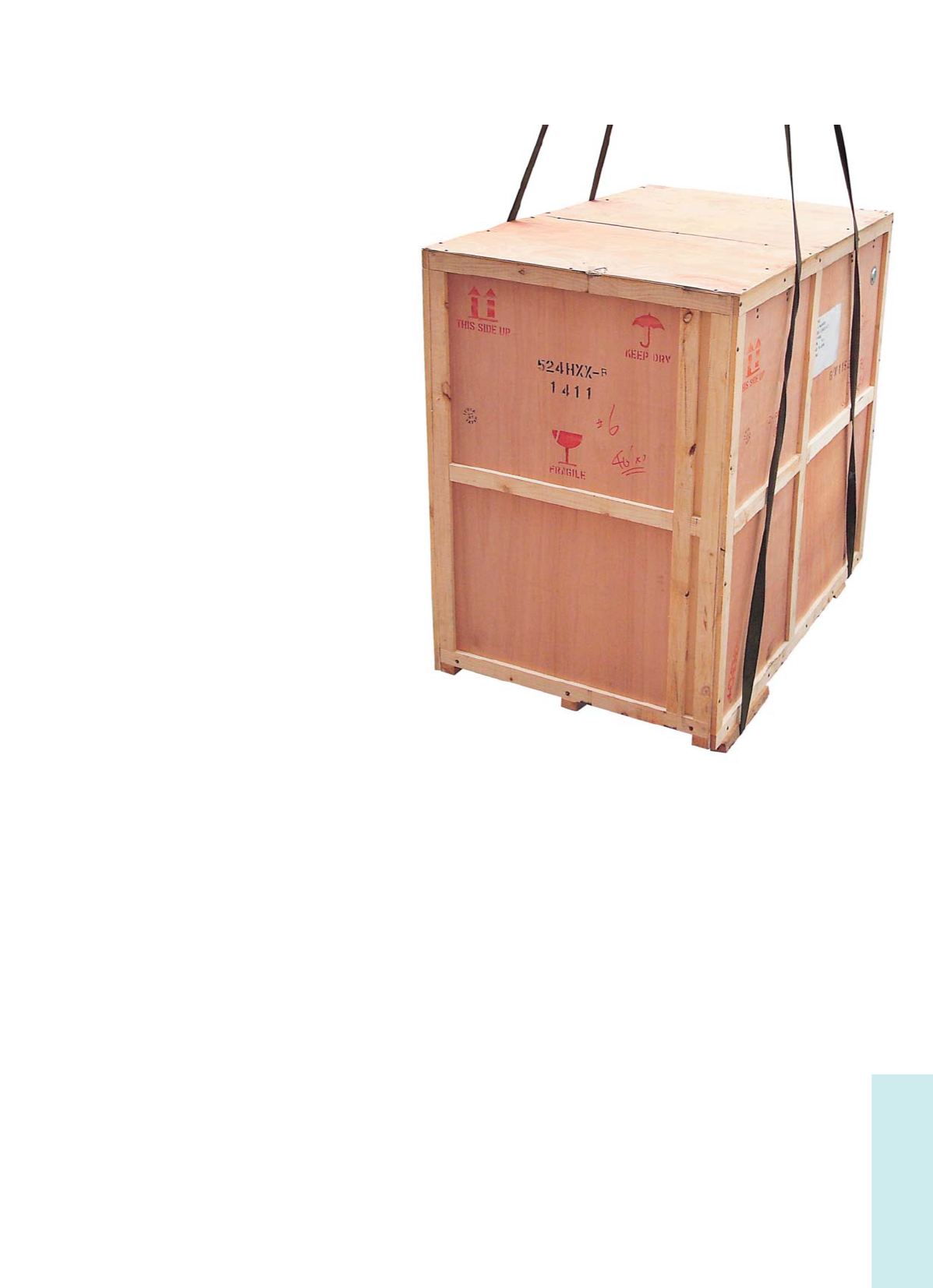
Trade with Greece
63
imports is marginal (-0.2% or a mere 75.5 million
euros).
More specifically, imports from the European Union
were reduced by 1.7%, owing to the drop in imports
from euro zone countries (-3.6%), whereas imports
from other EU members that are not euro zone
countries rose by 5%. Imports from other (non-EU)
European countries fell by a steep -17.8%.
There was also a drop in imports from North
America (-10.1%),
Other Countries of the Americas (-14%), Middle
East and North Africa (-23.6%), other (excluding
Middle Eastern) Asian countries (-13.6%), and
Oceania (-7.3%). In contrast, there was a 10.2%
increase in imports from other African countries
(excluding North Africa).
In terms of main product categories, apart from
petroleum product imports that fell by -26.4%, there
was also a decrease in the imports of agricultural
products (-0.8%), raw materials (-8.1%) and confi-
dential items (-30.6%).
There was also a drop in exports (down by 9.2%)
to Asian countries (excluding the Middle East).
As far as individual countries are concerned,
Turkey (which imports a large share of Greek
petroleum products) tumbled from the first place
among Greek export destinations to the third
place in 2015. The first place is now occupied by
Italy (thanks to the surge of olive oil exports),
while Germany is in the second place, and the
top-five is completed by Cyprus and Bulgaria. The
US climbed to the 6th place (from the 8th), while
the United Kingdom fell to the 7th place (from 6th
place in 2014). Egypt rose in the ranking (to the
8th from the 10th place in 2014), while Lebanon
made the top-ten (rising to the 9th place, from 16th
in 2014). The top-ten is completed by Saudi Arabia
(which fell one place, from 9th in 2014).
Finally, new entries in the list of the top-100 target
markets include: Liberia (53rd), Bahamas (68th),
Luxembourg (74th), Kenya (75th), Antigua and
Barbuda (85th), Sudan (89th), and Bermuda (95th).
The structure of Greek exports
As far as the composition of exports by major
product categories is concerned, the overall con-
traction is due to a major drop in fuel exports (by
-26.4%). In contrast, agricultural product exports
rose by a spectacular 12.4%, while there was
also an increase in the exports of industrial prod-
ucts (+6.8%). In contrast, there was a marginal
drop in the exports of raw materials, while the
overall annual result was also negative for the
(low-value) exports of “Commodities and trans-
actions not classified by category” (-5.3%).
In terms of individual products, there were no dis-
cernible changes in the top-20, with olive oil being
the incontestable star for 2015.
New entries in the list of Greece’s top-100 export
products include: Line pipes of a kind used for oil or
gas pipelines (24th), olive oil-non virgin (43rd), aero-
planes (58th), yachts and other vessels for pleasure
(67th), mink (73rd), rheostats (76th), electricity
meters (82nd), tangerines (92nd), petroleum coke
(94th), mixtures of olive oil (95th), and apples (99th).
Decreasing imports
The growth of imports in 2014 proved to be short-
lived, as the drop in fuel prices, the imposition of
capital controls and the uncertainty surrounding
primary production, manufacturing, and com-
merce, caused imports to fall again.
More specifically, exports were reduced by 9.8% in
2015, to 42.5 billion euros (from 47.2 billion euros
in 2014). However, the largest part of the drop is
accounted for by the petroleum products sector (-
26.4%); excluding petroleum products, the drop in


